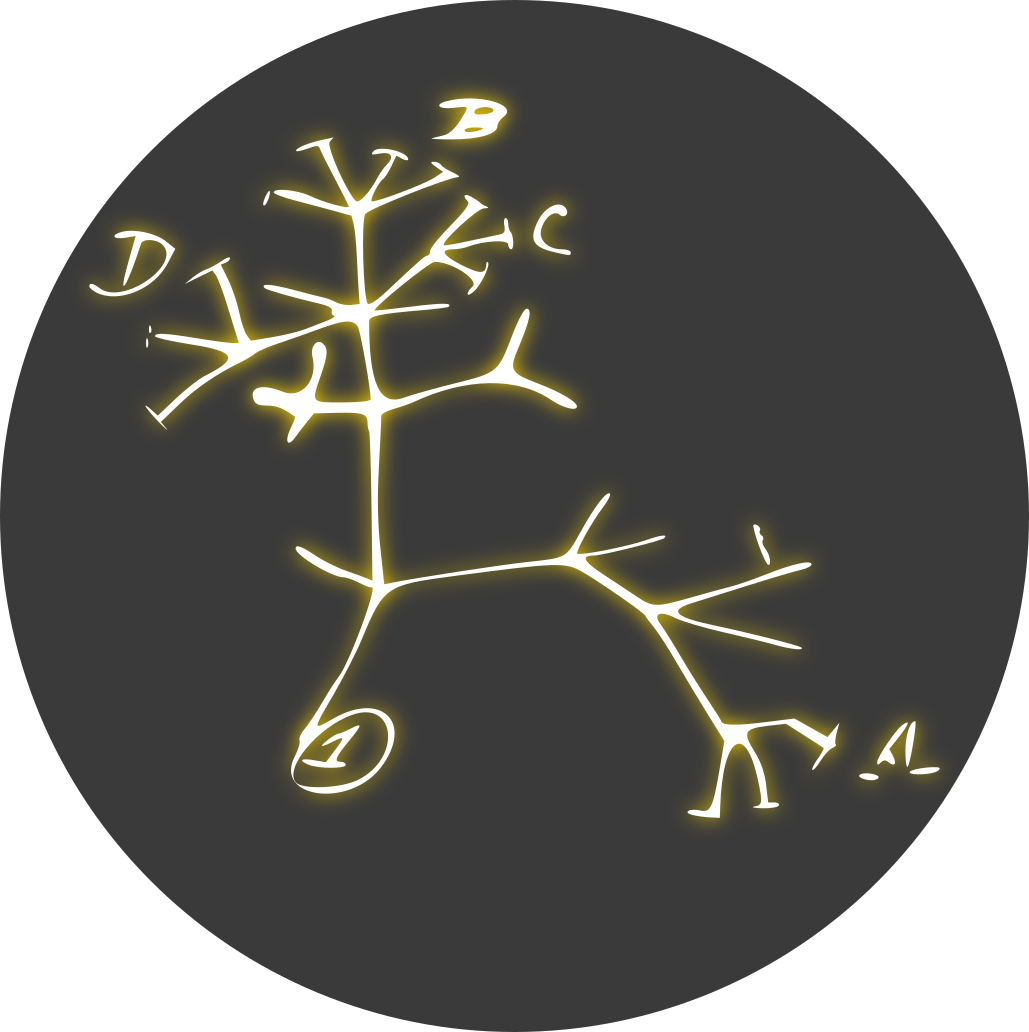

This is the best summary I could come up with:
But as the seconds displayed on a timer at the bottom of the screen tick away, half the mice begin to stir—the first evidence that a chemical agent designed to turn on specific neurons associated with appetite is reaching its targets.
So by exciting the hunger neurons in those mice, Lowell catalyzed a storm of neural activity that spread to the cerebral cortex and other higher-order processing centers, leading directly to a chain of complex goal-directed behaviors (ineffective though they turned out to be).
To answer that question, Lowell has teamed up with Mark Andermann, a neuroscientist who studies how motivation shapes perception (and who also happens to occupy the office next to his at Boston’s Beth Israel Deaconess Medical Center).
They believe identifying these neurons will make it possible to study how a simple basic impulse—in this case, a signal from the body that energy stores are beginning to run low and need to be replenished—propagates through the brain to dominate our conscious experience and turn into something far more complex: a series of complicated, often well-thought-out actions designed to get food.
When Lowell opened his own lab at Beth Israel Deaconess Medical Center in the early 1990s, after earning an MD and PhD at Boston University, he studied metabolism in tissues like muscle, organs, and fat that were connected to the brain through the peripheral nervous system.
The discovery added further evidence to the idea that obesity was biologically determined, and more specifically to the concept of a “set point” when it comes to weight—a predetermined weight, fat mass, or other measurable physiological characteristic that the body will defend.
The original article contains 4,268 words, the summary contains 271 words. Saved 94%. I’m a bot and I’m open source!
This is the best summary I could come up with:
“The numbers don’t make any sense,” said Nicholas Pyenson, a paleontologist at the Smithsonian National Museum of Natural History and one of the authors of the new study.
In their new analysis, Dr. Pyenson and Ryosuke Motani, a paleontologist at the University of California, Davis, concluded that Perucetus probably weighed 60 to 70 tons, which would have made it about the size of a sperm whale.
Dr. Urbina and his colleagues reconstructed the full skeleton of Perucetus by studying the much smaller whales that lived at the same time.
They also drew inspiration from living manatees, which have dense skeletons that let them stay underwater to graze on sea grass.
Eli Amson, an expert on bone tissue at the State Museum of Natural History in Stuttgart, Germany and an author on the original study, disagreed with the new approach.
They are finding that Perucetus was even more manatee-like than they originally believed, strengthening their conclusion that it rivaled or surpassed the blue whale in weight, he said.
The original article contains 648 words, the summary contains 167 words. Saved 74%. I’m a bot and I’m open source!